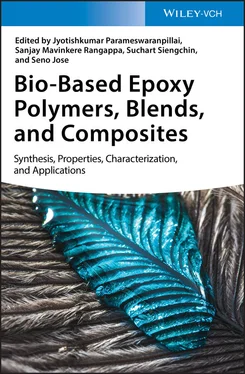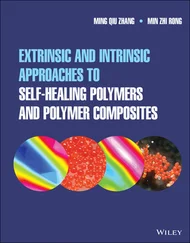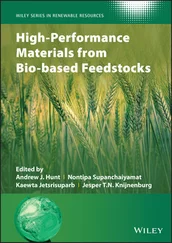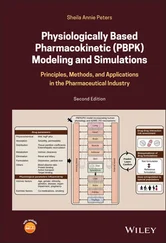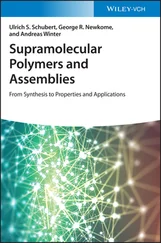There are various methods of purifying technical CNSL. Among them, it is worth mentioning two methods (i) column chromatography of CNSL and (ii) the method based on the formation of an amine‐cardol and distillation of cardanol under high vacuum [114]. Cardanol of industrial grade is obtained throughout the thermal treatment of CNSL, followed by distillation. During that process, the decarboxylation of anacardic acid occurs, resulting in cardanol (about 90% purity) and a small quantity of cardol and methylcardol [114]. The diepoxidized cardanol (NC‐514, Cardolite Corporation), obtained in a two‐step process ( Figure 1.32) of phenolation of aliphatic chain and then the reaction of phenol hydroxyl groups with epichlorohydrin in basic conditions, with ZnCl 2, at 95 °C, is an example of commercially available cardanol [115, 116].
Cardanol is a nonedible by‐product of CNSL industry, and it is known as a promising aromatic renewable source, which is available in large scale. It is a yellow liquid composed of four meta‐alkyl phenols differing by the unsaturation degree of aliphatic chain: 8.4% saturated, 48.5% monoolefinic (8), 16.8% diolefinic (8,11), and 29.3% triolefinic (8,11,14).
The presence of long aliphatic alkyl chain in the meta ‐position of the phenolic ring within the cardanol molecule is responsible for attractive properties such as good processability and high solubility in organic solvents, but it also influences many chemical transformations ( Figures 1.33and 1.34).
Cardanol is used as an interesting substitute to bisphenol A. For instance, cardanol‐based epoxy resin is synthesized and tested as a replacement of BPA‐based epoxy in coating applications [117]. The triglycidyl resin (TGC) is obtained from acetyl cardanol via a two‐step reaction ( Figure 1.35).
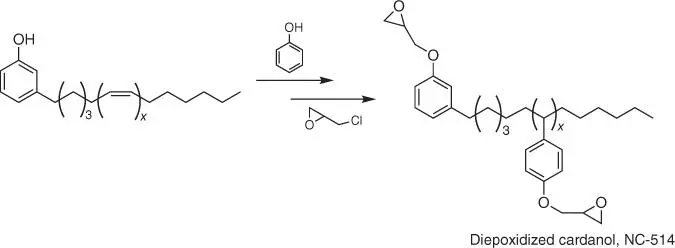
Figure 1.32 Synthesis of NC‐514.
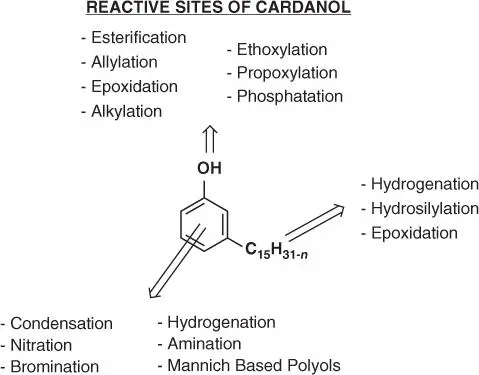
Figure 1.33 Reactive sides of cardanol.
In the first step, the acetyl cardanol molecule is modified with maleic anhydride, followed by hydrolysis of the anhydride ring to prepare carboxyl functional cardanol (CFC). In the second step, the CFC reacts with excess of epichlorohydrin to prepare TGC. During that synthesis, various reactions occur: (i) grafting of maleic anhydride moiety on the aliphatic chain facilitated by hydrogen transfer, (ii) thermal rearrangements of the nonconjugated double bonds, resulting in the formation of conjugated double bonds, (iii) Diels–Alder reaction of newly created conjugated double bonds with maleic anhydride forming a Chroman ring, (iv) addition reaction by proton transfer mechanism of cardanol double bonds, and (v) radical polymerization of the double bonds resulting in a polymeric structure.
Further, the prepared TGC is used as a binder in combination with the BPA‐based epoxy at various weight ratios (formulations containing 40–90% of TGC on mass basis), and it is cured with different amine hardeners: isophorone diamine (cycloaliphatic amine), 4,9‐dioxadodecane‐1,12‐diamine (long chain amine), and Replamide 325 (polymeric amine). Samples containing 40–60 wt% of DGEBA are characterized by comparable properties to that of completely DGEBA‐based system, resulting from a good balance between soft and hard segments in the cross‐linked structure. Additionally, the coatings with TGC are characterized by slightly lower thermal stability at higher temperatures than DGEBA‐based system ( T 10%= 340 °C, while for the coatings containing TGC, T 10%= 280 °C). The aromatic content in the case of DGEBA is higher than TGC and hence gives relatively higher thermal stability of tested samples.
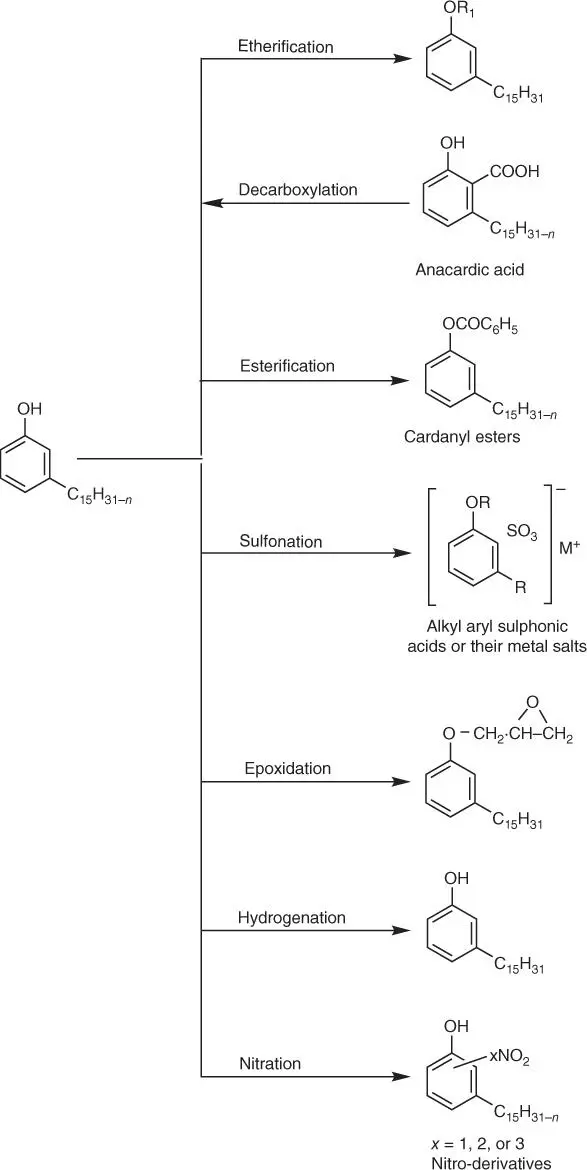
Figure 1.34 Chemical transformation of cardanol.
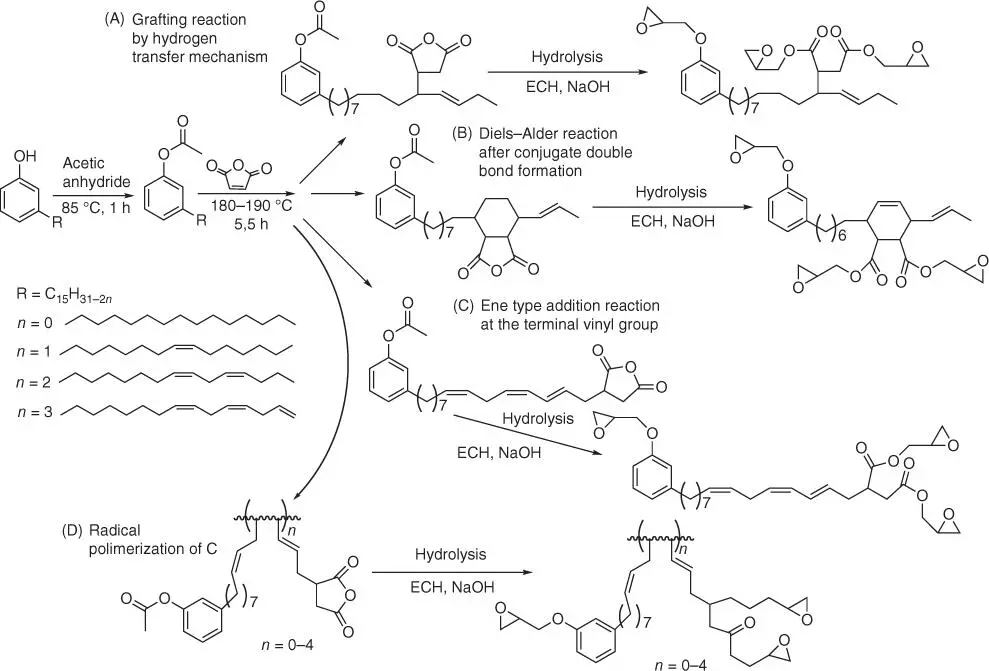
Figure 1.35 Synthesis of carboxyl functional cardanol and structures of the glycidyl products formed via the reaction of CFC and epichlorohydrin.
NC‐514, a mix of polymers of epoxidized cardanol ( Figure 1.36), is used to obtain cardanol‐based materials [114].
In order to synthesize epoxy networks, epoxidized cardanol is reacted with isophorone diamine and Jeffamine D400 diamine. Mass loss temperatures of cardanol networks are slightly lower than the DGEBA‐based material. Additionally, the polymers synthesized from epoxidized cardanol NC‐514 and IPDA exhibit lower T gvalues, between 41 and 50 °C ( T g= 158 °C for DGEBA/IPDA 1 : 1, respectively). Moreover, the cross‐linking density of NC‐514/IPDA and NC‐514/Jeff400 is almost five times lower than the cross‐linking density of DGEBA/IPDA. The decrease of cross‐linking density, in comparison to DGEBA, is correlated with the presence of long aliphatic chain within the structure of NC‐514, which increases the distance between the epoxy groups.
In order to replace bisphenol A in epoxy networks, the application of bio‐based saccharides (sorbitol and isosorbide) as epoxidized reactants in epoxidized cardanol‐based resins is an interesting approach for achieving higher thermomechanical properties of cardanol‐based materials [118]. Several mixtures of diglycidyl ether of cardanol NC‐514 (EEW = 400 g/eq.) at different ratios (100, 75, 50, and 25 wt%) with various epoxy reactants, polyglycidyl ether of sorbitol Denacol EX622 (EEW = 188 g/eq.), and two epoxy reactants of isosorbide, Denacol GSR100 (EEW = 155 g/eq.) and Denacol GSR102 (EEW = 158 g/eq.) ( Figure 1.37), are cured at room temperature with two commercial amines: trifunctional polyetheramine (Jeffamine T403) and isophorone diamine (Aradur 42BD).
Based on the results, it was stated that even if epoxidized cardanol‐based networks cannot fully replace DGEBA materials, the combinations of epoxy cardanol with other bio‐based epoxy reactants can alter the thermomechanical properties of cardanol‐based networks. The obtained materials are characterized by properties comparable to bisphenol A‐based materials. T gand hardness in Shore A scale of samples of epoxidized sorbitol‐cardanol at a 1 : 1 weight ratio are higher than that of the same ratio of epoxidized isosorbide (60 °C and 93 as compared to 48 °C and 91). Material based on epoxidized isosorbide‐cardanol (3 : 1) exhibits T gof 83 °C (isosorbide 100, with EEW = 155 g/eq.) and 62 °C (isosorbide 102 with EEW = 158 g/eq.), respectively.
Moreover, cardanol derivative obtained throughout the reaction of cardanol with 9,10‐dihydro‐9‐oxa‐10‐phosphaphenanthrene‐10‐oxide (DOPO) ( Figure 1.38) might be used as the flame‐retardant agent [119].
A triscardanyl phosphate (PTCP) containing phosphaphenanthrene groups is synthesized via dehydrochlorination, epoxidation, and ring opening reaction of cardanol ( Figure 1.39).

Figure 1.36 Chemical structure of cardanol NC‐514.
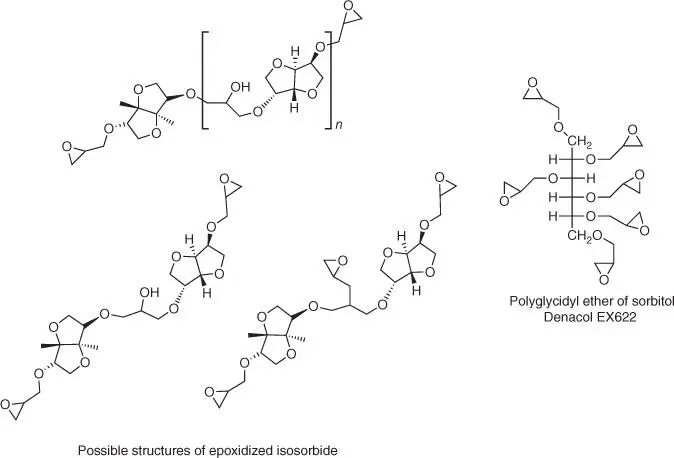
Figure 1.37 Epoxy reactants: epoxidized isosorbide and polyglycidyl ether of sorbitol.
Читать дальше
